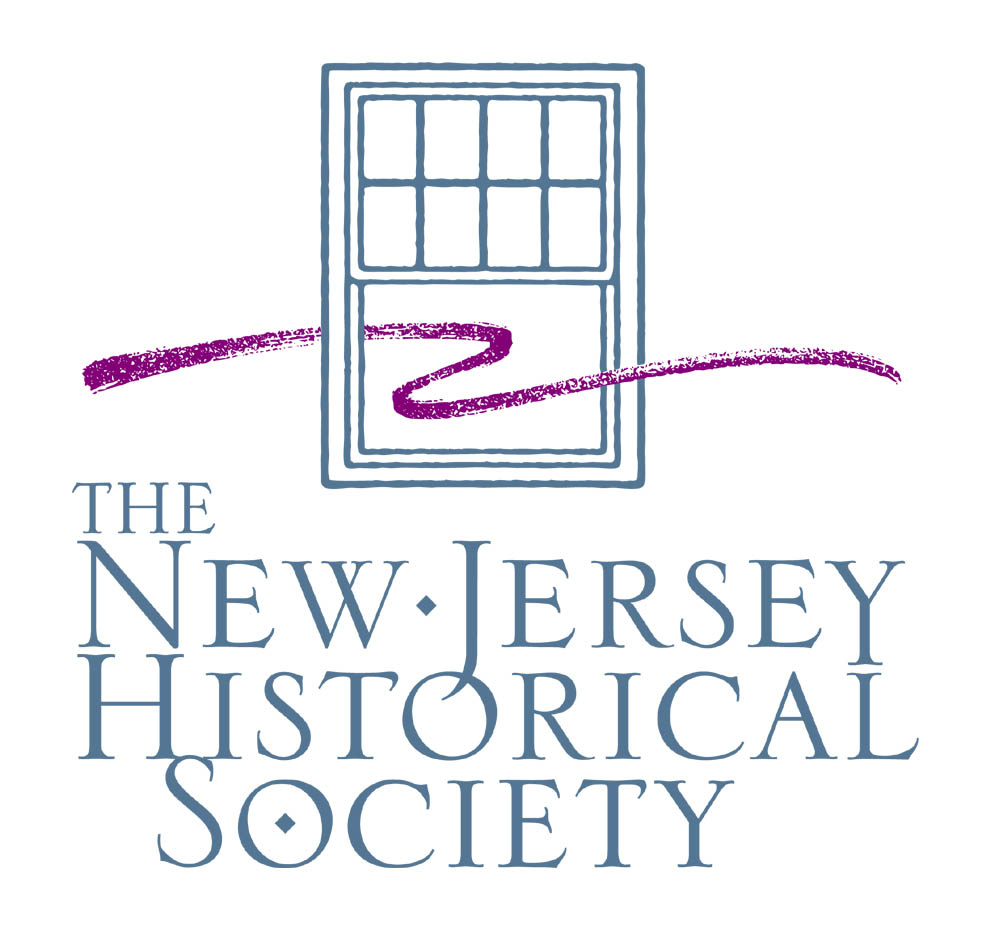Guide to the Docket of William Paterson (1745-1806),Governor of New Jersey, U.S. Senator, Supreme Court Justice 1785-1788 MG 542
TABLE OF CONTENTSDescriptive Summary |
 Governor of New Jersey, U.S. Senator, Supreme Court Justice 1785-1788 52 Park Place Newark, New Jersey 07102 Contact: NJHS Library (973) 596-8500 x249 library@jerseyhistory.org https://www.jerseyhistory.org © 2004 All rights reserved. The New Jersey Historical Society, Publisher Inventory prepared by Laura Ruttum as part of the “Farm to City” project funded by a grant from the National Historical Publications and Records Commission. Finding aid encoded by Danielle Kovacs. February 2004. Production of the EAD 2002 version of this finding aid was made possible by a grant from the Andrew W. Mellon Foundation. Finding aid written in English. Biographical NoteWilliam Paterson (1745-1806) served as an Associate Justice of the Supreme Court of the United States from 1793 to 1806. He had previously served as Governor of New Jersey from 1790-1793, U.S. Senator from New Jersey from 1789-1790, and a delegate to the Federal Constitutional Convention in Philadelphia in 1787. At the Convention he presented the New Jersey Plan, arguing for equal representation for each state in Congress. This plan resulted in the adoption of two senators from every state, and was combined with the Virginia Plan proposing presentation proportional to state population (the Virginia Plan determined staffing of the House). It was also at the Constitutional Convention that William Paterson signed the U.S. Constitution. Paterson was born in County Antrim, Ireland in 1745, and moved with his parents to New Castle, Pennsylvania in 1747. His family moved to about the American colonies until 1750, when they settled in Princeton, New Jersey. He attended private schools and then the College of New Jersey (now Princeton University). Paterson studied law while at the university, and came to the bar in 1768, beginning his practice in New Bromley, New Jersey the following year. The following is a brief outline of his life and career:
In addition to this impressive career, Paterson was also elected as a Delegate to both U.S. Continental Congresses, but declined on both occasions due to other professional duties. He served as Supreme Court Justice until his death in 1806, when he was buried in the Van Rensselaer Manor House vault, (his daughter having married Stephen Van Rensselaer) near Albany, New York. The Manor House was destroyed around 1900, at which time he was reinterred in the Van Rensselaer lot in the Albany Rural Cemetery. Return to the Table of Contents Scope and Content NoteThis collection consists of one ledger, which served as a docket for the years 1785 to 1788. The ledger appears to document the legal cases for which Paterson served as counsel during this time period, and lists payments received for his services, in pounds. On the first page of the ledger is written, “To the Estate of William C. Houston.” William C. Houston served as Clerk of the Supreme Court of New Jersey from 1781-1788. Entries include the following surnames: Beatty, Campbell, Darby, DeMott, De Vroom, Lawrence, Livingston, Neilson, Rockefellow, Seeley, Sergeant, Ten Eyck, Terhune, Vanderveer, Vandyke, Van Houten, Varick, Verplank, Voorheese, Voorheis, Vreeland, Vroom. Return to the Table of Contents RestrictionsAccess RestrictionsThere are no access restrictions on this collection. Photocopying of materials is limited and no materials may be photocopied without permission from library staff. Use RestrictionsResearchers wishing to publish, reproduce, or reprint materials from this collection must obtain permission. The New Jersey Historical Society complies with the copyright law of the United States (Title 17, United States Code), which governs the making of photocopies or other reproductions and protects unpublished materials as well as published materials. Return to the Table of Contents Return to the Table of Contents Related MaterialFor related materials in print on William Paterson, see: “Village Clerk and County Lawyer: William Paterson’s Legal Experience,” 1763-1772. Proceedings of the New Jersey Historical Society, 66, July 1948, 155-71. “William Paterson: New Jersey’s Nation-Maker.” New Jersey History, 85, Spring 1967, 7-40. Hickox, Charles F., III, Laviano, Andrew C. (1992) William Paterson. Journal of Supreme Court History, 53-61. Honeyman, A. Van Doren. (1912) Early Career of Governor William Paterson. Somerset County Historical Quarterly, July 1912, 161-179, October 1912, 241-256. O’Connor, John E. (1976) William Paterson and the Ideological Origins of the Revolution in New Jersey. New Jersey History, 94, Spring 1976, 5-22. Paterson, William. (1971) Glimpses of Colonial Society and the Life at Princeton College, 1766-1773, by One of the Class of 1763 (W. Jay Mills, ed.). Detroit: Grand River Books. For related collections on William Paterson at the New Jersey Historical Society, see: Manuscript Group 23, William Nelson Collection Manuscript Group 42, William Paterson (1745-1806) Papers Manuscript Group 46, New Jersey Legislature Minute Book Manuscript Group 718, William Paterson Papers (1817-1899) For related collections on William Paterson at other institutions, see: Papers of William Paterson, 1760-1806, Library of Congress William Paterson Papers, New Jersey State Library Paterson Family Papers, Princeton University Library, Department of Rare Books and Special Collections Manuscript Collection 893, William Paterson Papers, Rutgers University, Special Collections and University Archives Papers, 1689-1841 William Paterson and others, William Paterson University Return to the Table of Contents Administrative InformationCustodial HistoryThe source of the collection is unknown. Preferred CitationThis collection should be cited as: Manuscript Group 542, William Paterson Docket, The New Jersey Historical Society. Return to the Table of Contents |

